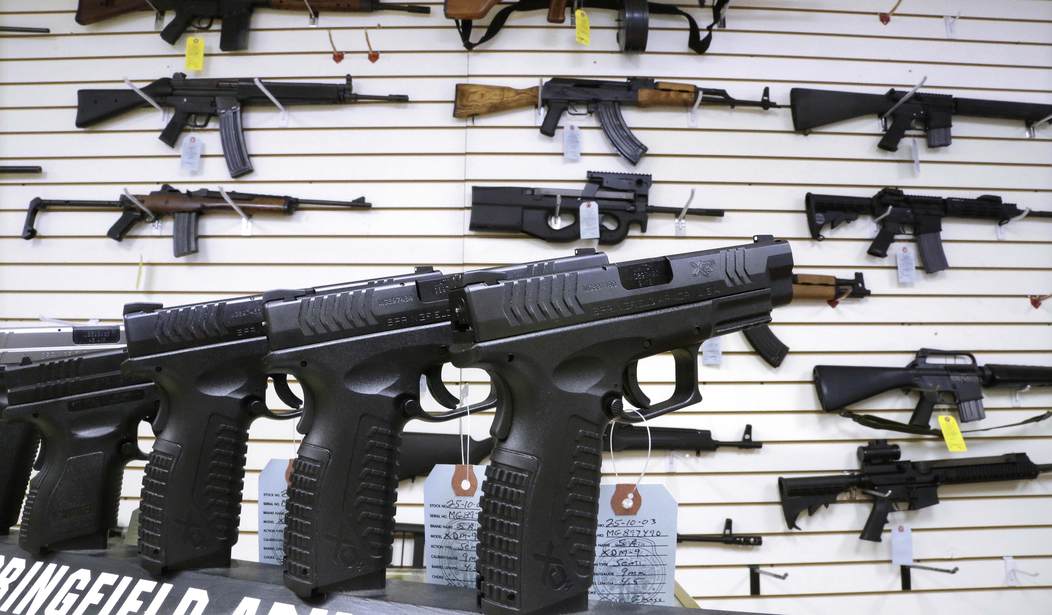The media counts on people being stupid.
See, while a lot of people want to be informed, most don't actually know how to think. I blame the public school system for this, though the private schools my friends have sent their kids to haven't done a fantastic job of that, either. Regardless, a lot of people read the newspaper or their favorite news website not to get the facts but to be told what to think about said facts.
And that wouldn't be the worst issue in the world if the media wasn't so bad at informing people of the basic facts of a situation.
This diatribe was brought on by a piece in USA Today that looks at juvenile homicides.
As students across the country returned to classrooms this fall, four Las Vegas teenagers returned to a court room to plead guilty to voluntary manslaughter for beating their classmate to death in a violent attack that was captured on video and shared on online.
Days later, police in Maryland said a 16-year-old who had been the "victim, witness or suspect" in 10 previous incidents shot and killed his classmate in the bathroom on his first day at school.
The following week, a Florida teen was charged with murder for stabbing his mother to death in what officials called a "cold-blooded murder” that took place less than two years after he was arrested, but never charged, for fatally shooting his father in Oklahoma.
Now, let's note that we have a beating death, a shooting, and a stabbing as the framing for this story. Remember this because it'll become important later.
Moving on...
Though murder and violent crime in the United States has decreased in recent years, homicides committed by children have risen dramatically, jumping 65% — from 315 in 2016 to 521 in 2022, according to a September report from the Council on Criminal Justice.
Mass killings by the shockingly young triggered national attention and scrutiny in recent months, like the massacre by a 14-year-old student at his rural Georgia high school, but the spike in homicides by young people is largely driven by more routine attacks.
Experts say an influx of firearms combined with residual impacts from the pandemic and threats on social media may be to blame.
During the pandemic, Americans bought tens of millions of guns, which may be easier to access than parents realize. Children lost access to key social supports and violence-prevention programs that can help reduce crime. And they spent more time online, where experts say threats and taunts can escalate into deadly offline conflict.
So they're citing a 65% increase in juvenile murders to an increase in lawful gun sales and yet, rather than citing primarily shooting deaths at the top of their piece, they include one as well as a beating and a stabbing.
Seems fishy to me.
Don't get me wrong, I can accept that all that time online is creating issues and that threats and taunts are leading to these incidents. Back in my day, a taunt might result in getting your butt kicked, but it wasn't there for the whole world to see afterward. While I'm not condoning this in any way, I can sort of see how there might be some degree of escalation.
I can also accept that the loss of access to various supports might well have contributed to the problem. This is something a lot of people pointed out as a potential problem.
What I can't accept is that the writer starts with the lawful gun purchases made by millions of Americans and tries to paint that as a major contributing factor after citing two other incidents that didn't involve a firearm at all.
Then we have this:
The number of crimes committed by children under 18 involving firearms and the number of victims seriously injured during such crimes increased by more than 20%, according to the Council on Criminal Justice report, which is drawn from data submitted by 3,484 of the country’s more than 18,000 law enforcement agencies to the Federal Bureau of Investigation’s National Incident-Based Reporting System.
While they do note that the increase in gun use in crimes is notable because crime for juveniles is otherwise down across the board in most other areas, I'm not sure that I can make the same leaps they're making here.
First, unless they're saying that juvenile homicides were so rare beforehand that this 20% increase in juvenile crimes involving firearms completely and totally encompasses that 65% increase, then there's absolutely no way the issue could remotely be because of guns.
And since we know that teens were involved in homicides far more often than anyone was comfortable with well before the pandemic, I find that hard to swallow.
Look, I'm willing to accept that there's an issue here. I'm willing to accept that there are a number of contributing factors that led to this. What I'm not going to do is just swallow the claim that guns are the problem when a lot of these homicides are taking place without firearms at all. If that's the case, then how many of those that did involve a gun would still have happened? A lot of them.
So this is a stretch, at best.
Then again, USA Today probably hopes no one will think too much about it and just accept what they're saying as gospel.
Must suck to be disappointed like that.








Join the conversation as a VIP Member